Schwalm whitework was often combined with lace. The most common was needlelace, but there were also other kinds of lace in the Schwalm.
1. needle
2. bobbin
3. machine-made
4. sprang
5. filet
6. Dresden
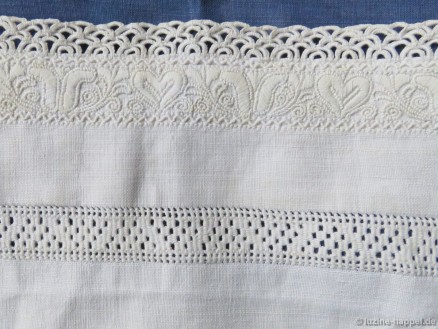
Sleeve cuff of a traditional Schwalm bodice decorated with needlelace, whitework, and a needleweaving hem.
Needlelace was worked in a wide variety of different patterns.
Needlelace was also worked with coloured thread to embellish garters and cap bands.
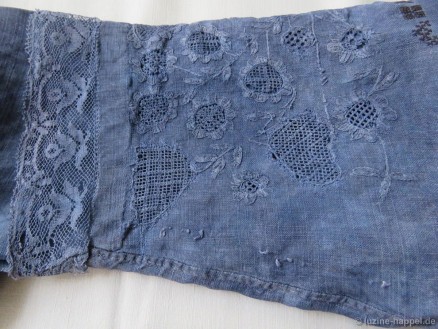
Sleeve cuff of a traditional dyed-to-blue Schwalm bodice decorated with bobbin lace, whitework, and Cross stitch initials.
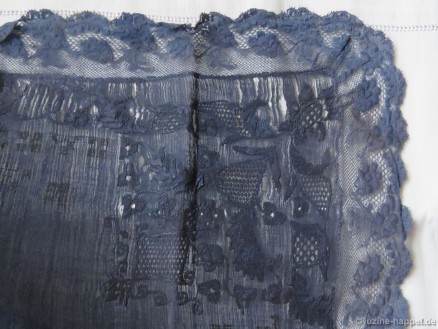
Traditional dyed-to-blue Schwalm decorative handkerchief with bobbin lace, whitework and Cross stitch crowns and initials.
Bobbin lace is also found on bed coverings, door hangings, and at the front edges of the dyed-to-blue communion caps. It is also found on knitted baby caps.
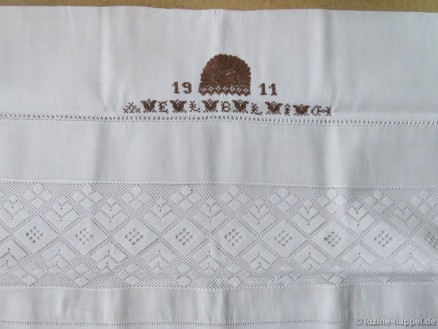
Parade cushion decorated with machine-made lace, Peahole hem and Four-Sided stitch hem, and a crown with the year and initials in Cross stitch.
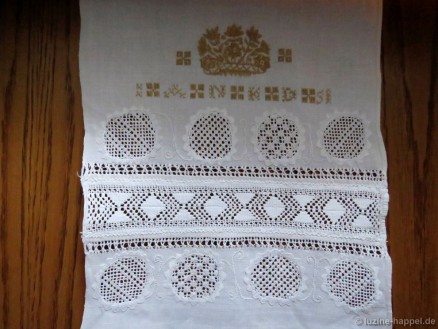
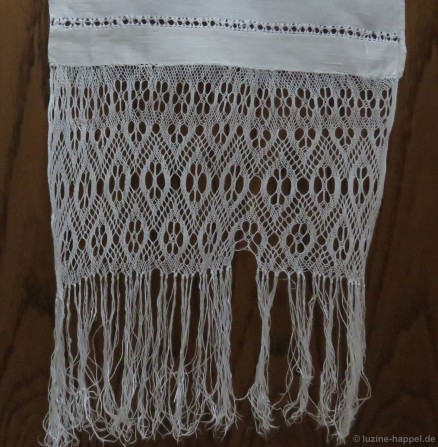
Two parts of a door hanging decorated with Schwalm whitework borders, Peahole hems, a needle weaving hem and sprang.
5. Filet is found on bed coverings and door hangings.
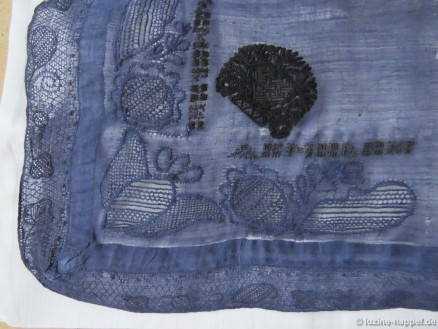
Very old decorative handkerchief dyed to blue. It is decorated with a Schwalm crown and initials worked with Cross stitches, whitework motifs, and a band with Dresden lace at two edges (and a small bobbin lace band at the remaining two edges – not shown in this picture).
All of these will be subjects of more detailed articles in the future.
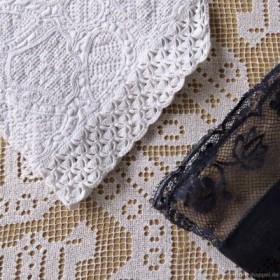
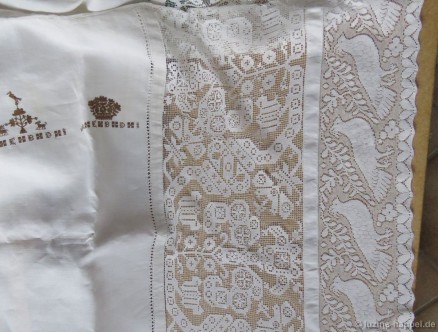

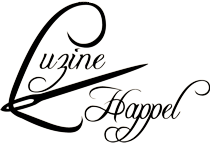
Very interesting to see white embroidery dyed another colour. I wouldn’t want to take a chance with dyes after all the time and effort put into those embroideries.
In the Schwalm they put a lot of time and effort into embroiederies and they dyed it to blue or to black after finishing. I have collected exquisite historical pieces. You can view some of them in future posts.